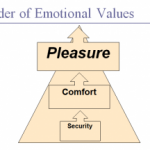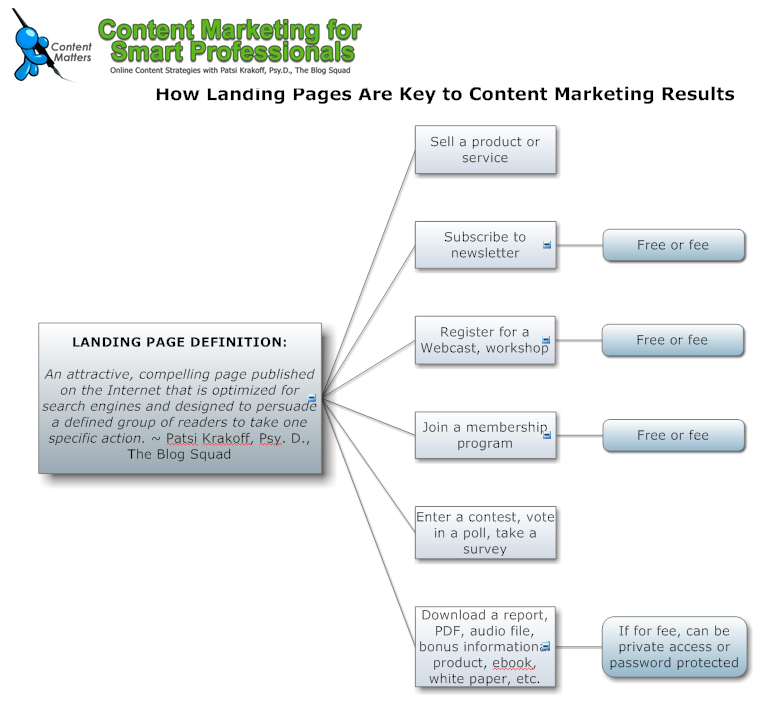 If you want to grow your reader base, that is, if you want to get found and get known online, small businesses and entrepreneurs will offer prospects and clients online information for free, such as a white paper, a report or a compelling article. This is part of the CAST acronym for ways to grow readership.
If you want to grow your reader base, that is, if you want to get found and get known online, small businesses and entrepreneurs will offer prospects and clients online information for free, such as a white paper, a report or a compelling article. This is part of the CAST acronym for ways to grow readership.
CAST Your Net: A is for Assets
I’ve been blogging about ways to grow your reader base using this memory device:
Content
Assets
Social Media
Track
I’m referring to digital assets, or content that is offered as a service to your readers. Your assets should range from free to fee: Read More→












